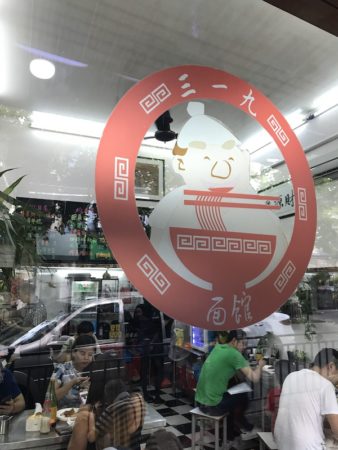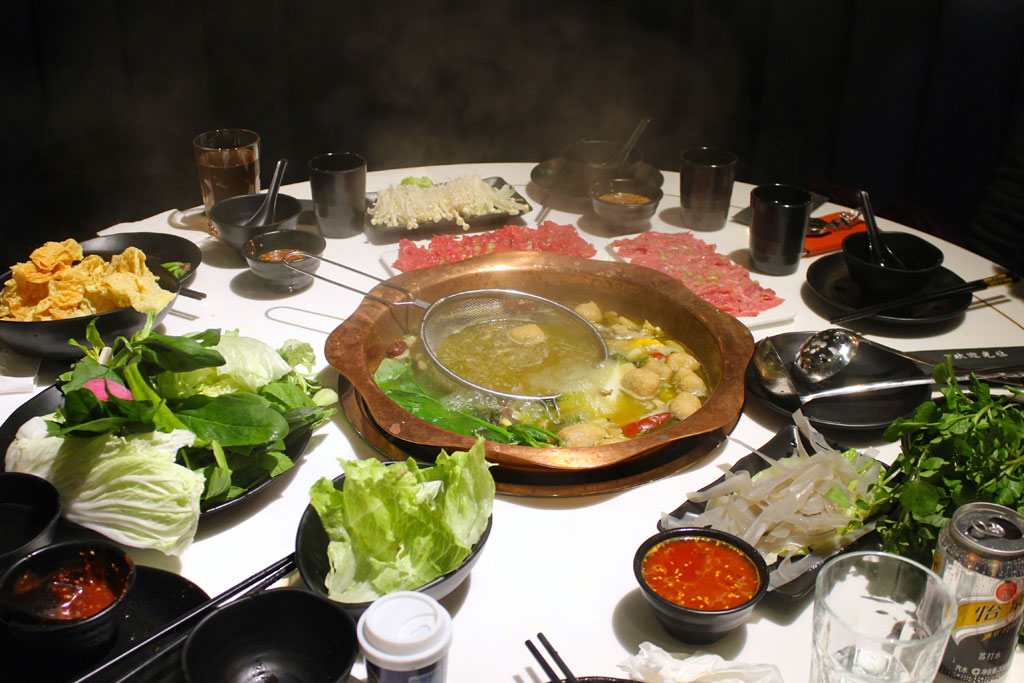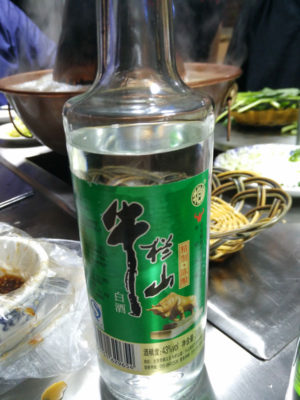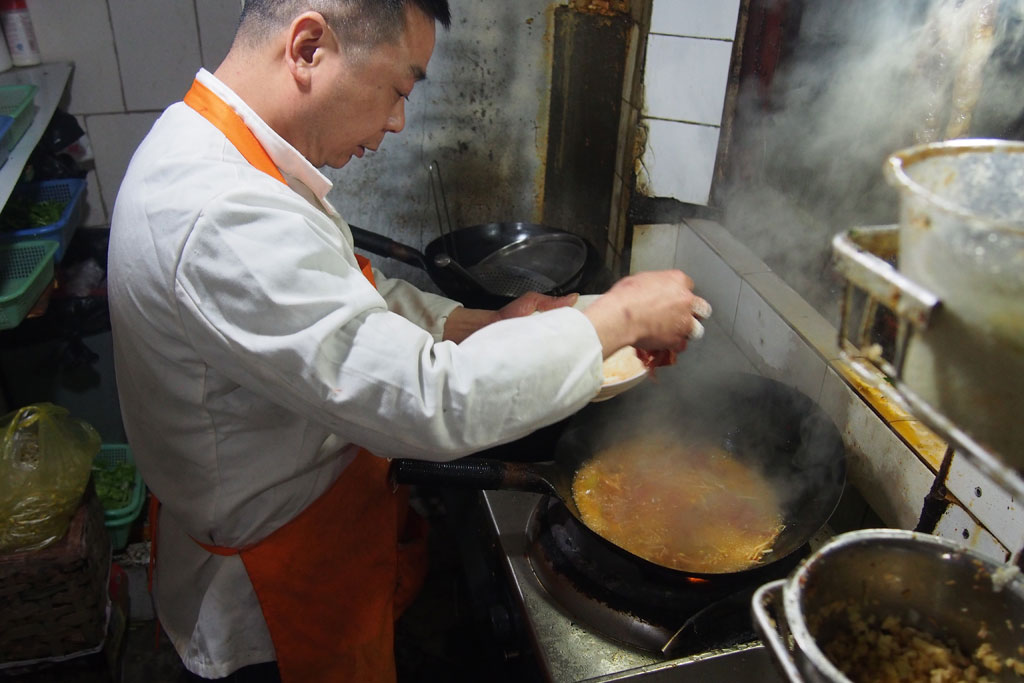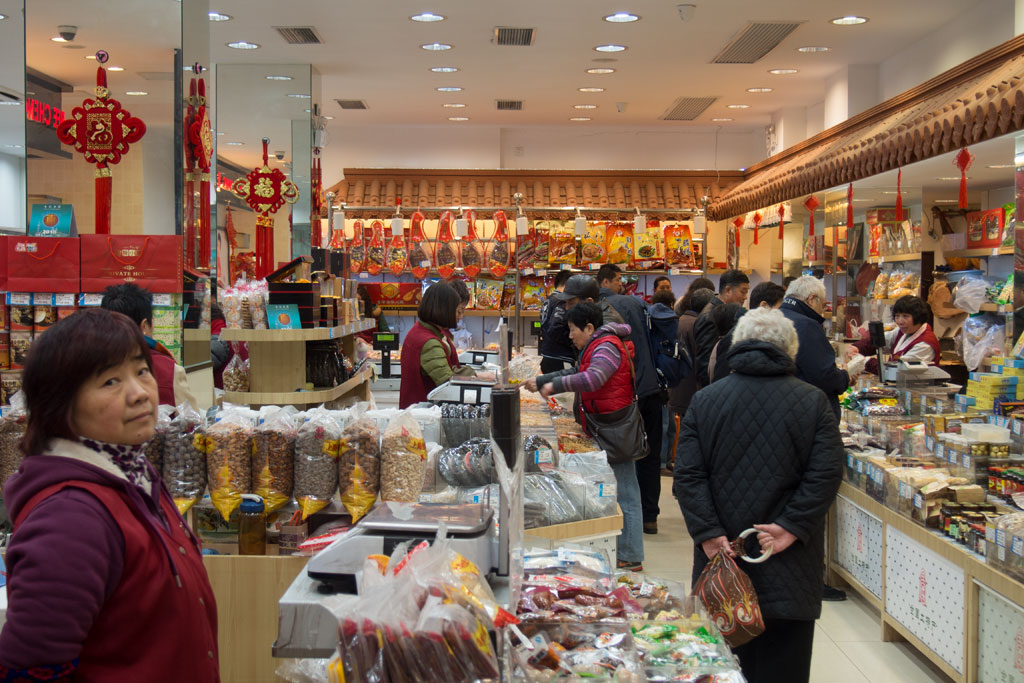We can't find the internet
Attempting to reconnect
Something went wrong!
Hang in there while we get back on track
Search results for "Kyle Long"
Shanghai
319 Noodle House: Scan, Slurp, Repeat
These days, you won’t find anyone reaching for their wallet while dining out in Shanghai. Cash has become almost obsolete as virtual currencies corner every last slice of the retail payment market. QR codes and app-based systems are the new normal, even for transactions less than the equivalent of US$1 (like our beloved breakfast street food staple, the jianbing). According to a recent New York Times article, mobile payments in China hit US$5.5 trillion in 2016. Yes, with a “T”. And 2017 is sure to be another banner year as AliPay, WeChat Wallet, Apple Pay and others continue to fight for market share.
Read moreShanghai
Holy Cow: Beefed-Up Hotpot
We’d just about given up on hotpot, what with last year’s scandals of rat meat parading as lamb and opiates mingling with the Sichuan peppercorn to give diners a real buzz. But 2014 has seen the trend of farm-to-table dining hit Shanghai in a big way, spurred on by these food safety concerns. The most recent entrant to the organic dining scene is the aptly named Holy Cow. More than just a phrase made famous by Chicago Cubs announcer Harry Caray, Holy Cow is a healthy hotpot restaurant specializing in – you guessed it – beef, plus vegetables sourced from owner Anthony Zhao’s family farm. Loyal CB eaters might remember Zhao from his Shanghainese lunch hotspot Mi Xiang Yuan.
Read moreElsewhere
Baijiu in Beijing: White Lightning in the Capital
Baijiu, which translates literally as “white alcohol,” is a clear spirit made predominately from sorghum, although glutinous rice, maize or other grains can also be utilized in various proportions. It is ubiquitous in China at official events, like weddings, business deals, and boozy government lunches, but under President’s Xi Jinping’s ongoing crackdown on government largesse, sales are down about 13 percent from a peak in 2012. As baijiu growth falters, many brands are looking abroad to push sales – not only to introduce it to foreigners, but also to keep it relevant to the younger, wealthier generation of Chinese who are living as expatriates.
Read moreShanghai
Liu Family Harbin Dumplings: Pot-to-Plate Dining
[Editor's note: We're sorry to report that Harbin Dumplings has closed.] Walk along just about any street in Shanghai these days, and you’ll see an ever-encroaching range of Western brands, standardized brand signage and food franchises. As in other rapidly developing countries, the battle for consumer dollars and brand loyalty has meant more chains and mass-produced food. That’s partly what makes stepping into one of the several Liu Family Harbin Dumplings shops a breath of fresh air. Every morning until the lunch rush, the dining room and back rooms are set up with trays and workers dexterously making every dumpling from start to finish. Dumpling wrappers are meticulously hand-rolled, the fillings are mixed in large batches, and the time-consuming process of filling and closing the dumplings marches on until tray upon tray is ready for boiling.
Read moreShanghai
La Weixian: Sichuan Family Values
It was Mr. Liu’s huge grin that first caught our eye, welcoming us into his humble, living room-sized restaurant. Scanning the small space, we suspected we had hit upon a gem: white tile walls, basic stools, vegetables crammed into the fridges in the dining room and fiery red dishes dotting the tables of happy diners – all hallmarks of the down-to-earth eateries we’re always looking for. As we sat down and he started explaining his specialties, we could feel his genuine interest in having us taste his authentic Sichuanese cuisine, going well beyond just making another sale.
Read moreShanghai
Shopping Spree: Shanghai Food Souvenirs
So you’ve eaten your way around Shanghai’s delicious noodle shops and restaurants but want to bring a taste of China back home? Or maybe you’re searching for a weird food gift (pickled chicken feet anyone?) for a hard-to-please friend. You’re in luck, as specialty food shops dot the city and are quite popular with locals, offering a huge variety of well-packaged items.
Read more